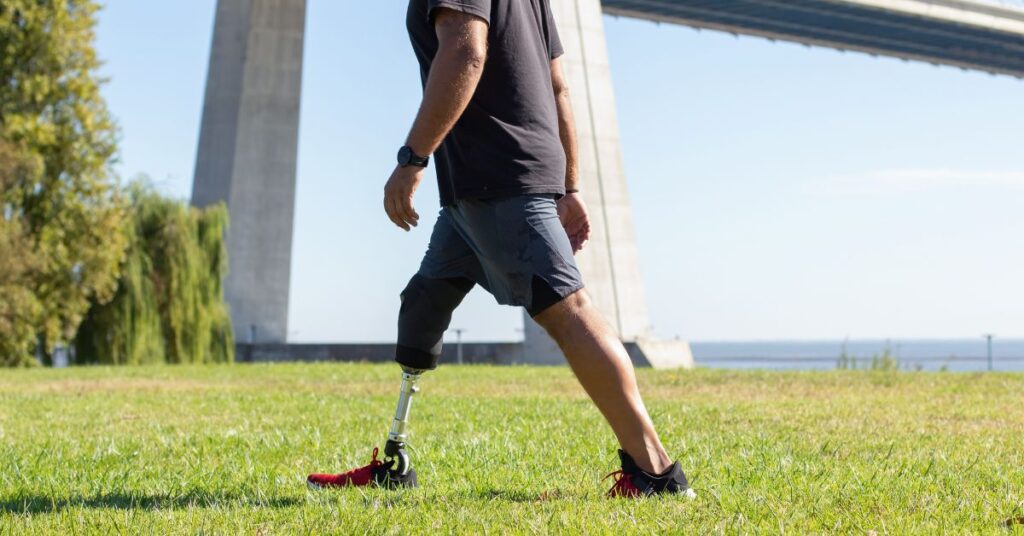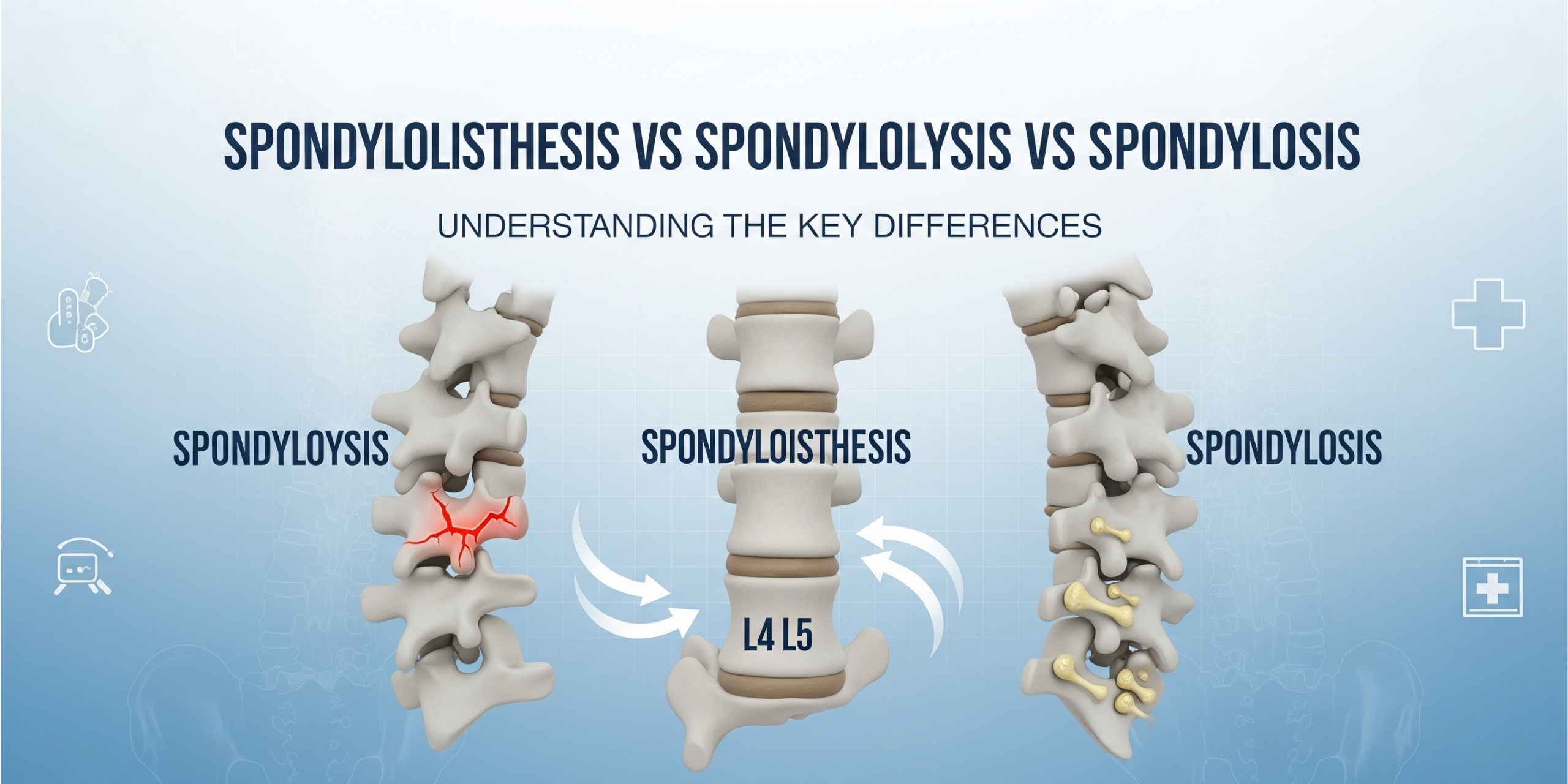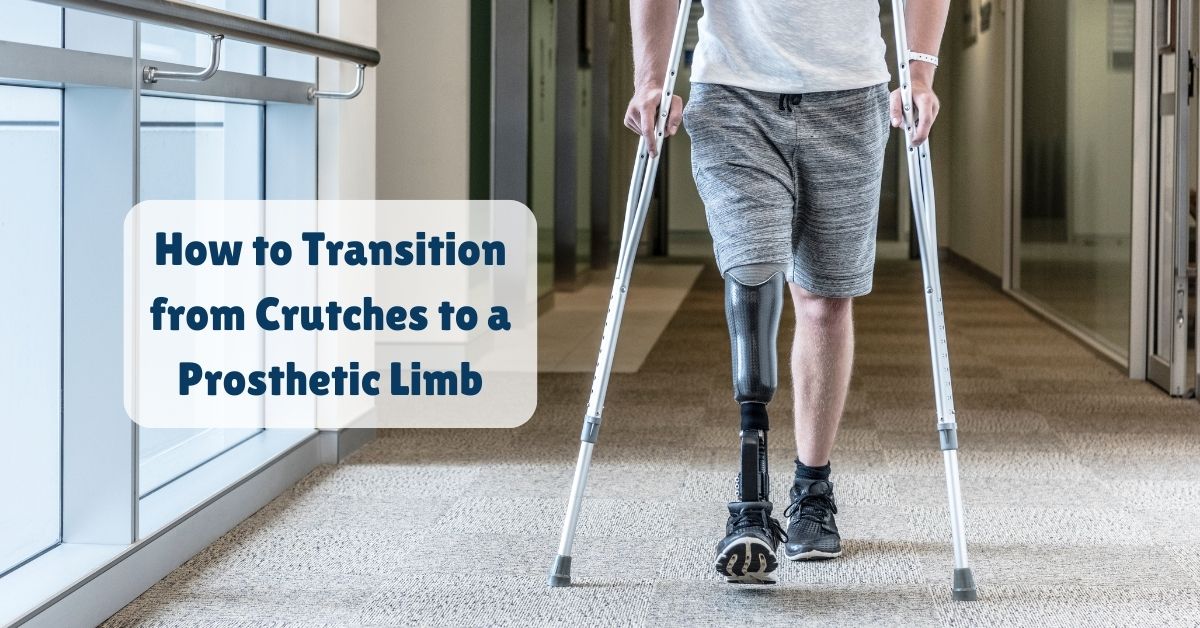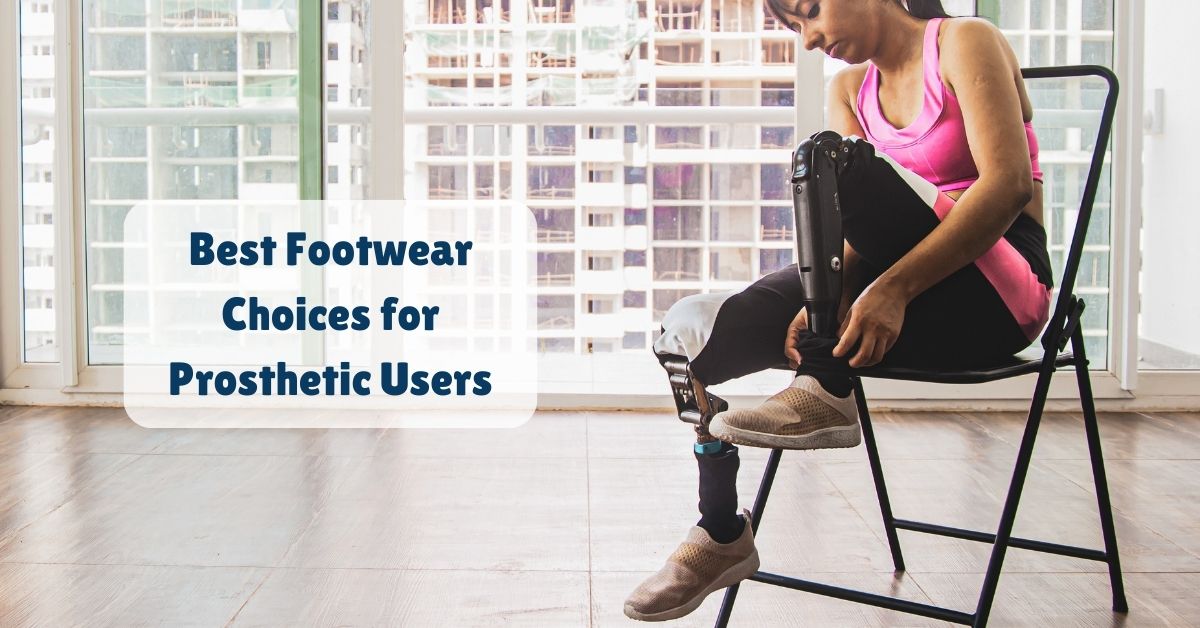Click below for quick summary of article:
Walking with a prosthetic leg may seem daunting at first, but with patience, practice, and the right guidance, it’s absolutely possible to regain your mobility and confidence. In this guide, we’ll take you through the step-by-step process of learning to walk with a prosthetic leg in simple language, so you can feel empowered on your journey towards walking again.
Learning to Walk with Above-Knee vs. Below-Knee Prosthetic Legs: What You Need to Know
Walking on a prosthetic leg for the first time is a journey filled with challenges and triumphs. Whether you’ve undergone a below-knee or above-knee amputation, the process of learning to walk again varies significantly. Here’s what to expect when navigating the path to mobility with each type of amputation:
Below-Knee Prosthetic:
Walking with a below-knee prosthetic differs from above-knee amputation because the knee joint remains intact. This offers more stability and makes the transition to walking easier for the individual. As you take your first steps, your body can bear your weight more naturally, leading to a smoother learning process.
Above-Knee Prosthetic:
On the other hand, walking with an above-knee prosthetic presents its own set of challenges. With the knee joint entirely removed, the prosthetic leg requires a mechanical knee joint for stability and support. Adjusting to this new way of walking can be more difficult, and there may be a higher risk of falls if proper precautions aren’t taken.
Transitioning to Mobility:
Regardless of the type of amputation, it’s important to approach the process of walking with patience and perseverance. During the initial stages of rehabilitation, you may rely on assistive devices such as a walker to support you as you regain mobility and confidence.
These devices provide added stability and security, allowing you to focus on mastering the mechanics of walking with your prosthetic leg.
While the journey of learning to walk with a prosthetic leg may be challenging, it is entirely possible with dedication and support. Whether you’re navigating life with a below-knee or above-knee amputation, each step forward brings you closer to reclaiming your independence and embracing your newfound mobility.
With time, practice, and the guidance of experienced professionals, you’ll soon find yourself walking confidently towards a brighter future.
How to Use a Leg Artificial Limb or Prosthesis?
Step 1: Preparation for Wearing Prosthetics
Before you start walking with your prosthetic leg, it’s important to ensure that it fits well and is properly aligned. Your prosthetist will adjust the prosthetic to match the length and alignment of your natural leg. Make sure to wear comfortable clothing and supportive shoes that fit both your prosthetic and natural feet.
Step 2: Standing Up
Begin by standing up straight with your weight evenly distributed between your prosthetic and natural leg. Use a sturdy support, such as a walker or handrails, for balance if needed. Engage your core muscles and keep your shoulders back to maintain good posture.
Step 3: Taking Steps
Start by shifting your weight onto your natural leg while gently lifting your prosthetic leg forward. Use your arms for balance as you take a step with your prosthetic leg, heel first, followed by rolling through the foot to the toe. Keep your movements slow and deliberate, focusing on maintaining your balance with each step.
Step 4: Finding Your Rhythm
As you become more comfortable with walking, focus on finding a smooth and natural rhythm. Gradually increase the length of your strides and the speed of your steps as you gain confidence. Remember to use your arms for balance and keep your gaze forward to help maintain stability.
Step 5: Practice and Persistence
Walking with a prosthetic leg takes time and practice, so be patient with yourself as you learn. Start with short walking sessions and gradually increase the duration and intensity as your strength and endurance improve. Don’t be discouraged by setbacks—perseverance is key to mastering the art of walking with a prosthetic leg.
Step 6: Seeking Support
Throughout your journey, don’t hesitate to seek support and guidance from your prosthetist, physical therapist, or support groups for amputees. They can provide valuable advice, encouragement, and assistance to help you overcome any challenges you may encounter along the way.
Step 7: Celebrating Your Progress
Finally, celebrate your progress and accomplishments as you continue to improve your walking skills with your prosthetic leg. Every step forward, no matter how small, is a testament to your strength, resilience, and determination to live life to the fullest.
Moving Forward, One Step at a Time
Walking with a prosthetic leg can be tough, but you’re tougher. It’s okay to feel frustrated or scared as you learn. Just know that many others have been where you are, and they’re cheering you on.
Take each step one at a time, and be patient with yourself. It’s normal to stumble along the way. Every little achievement, no matter how small, is something to be proud of.
Remember, you’re not alone. There are people who understand what you’re going through and are there to help you. So, don’t hesitate to ask for support when you need it.
Just keep moving forward, one step at a time. Trust yourself and your ability to overcome challenges. With time and determination, you’ll get the hang of it. You’re stronger than you think, and you’ve got this.
Always consult with a qualified healthcare provider or prosthetist regarding any concerns or questions about your prosthetic limb and its usage. Individual needs and circumstances may vary, and a healthcare professional can provide personalized guidance tailored to your specific situation.
Frquently Asked Questions:
1. How long does it take to learn to walk with a prosthetic leg?
The time it takes to learn to walk with a prosthetic leg varies for each individual. With dedication and consistent practice, many people start walking with assistance within a few weeks to a few months.
2. Will I experience pain when walking with a prosthetic leg?
Some discomfort or minor pain may occur during the early stages of using a prosthetic leg, especially if the fit is not perfect or the prosthesis is new. If you experience persistent pain, it’s important to consult your prosthetist.
3. Can I wear regular shoes with a prosthetic leg?
You can wear regular shoes, but you may need to wear shoes that are specifically designed to work with your prosthesis. Consult your prosthetist for guidance on selecting the right footwear.
4. How do I care for my prosthetic leg?
Proper care involves cleaning your prosthetic leg regularly, checking for any wear and tear, and ensuring it remains in good condition. Your prosthetist can provide maintenance tips based on the type of prosthesis you have.
5. Can I drive with a prosthetic leg?
Driving with a prosthetic leg is possible once you regain enough strength and mobility. It may take some time to adjust, and it’s important to check with your doctor to ensure you’re physically capable of driving safely.
6. What exercises can help improve my ability to walk with a prosthetic leg?
Strengthening exercises for your core, legs, and hips, as well as balance exercises, can help improve your walking ability. Your physical therapist can recommend exercises tailored to your needs.











